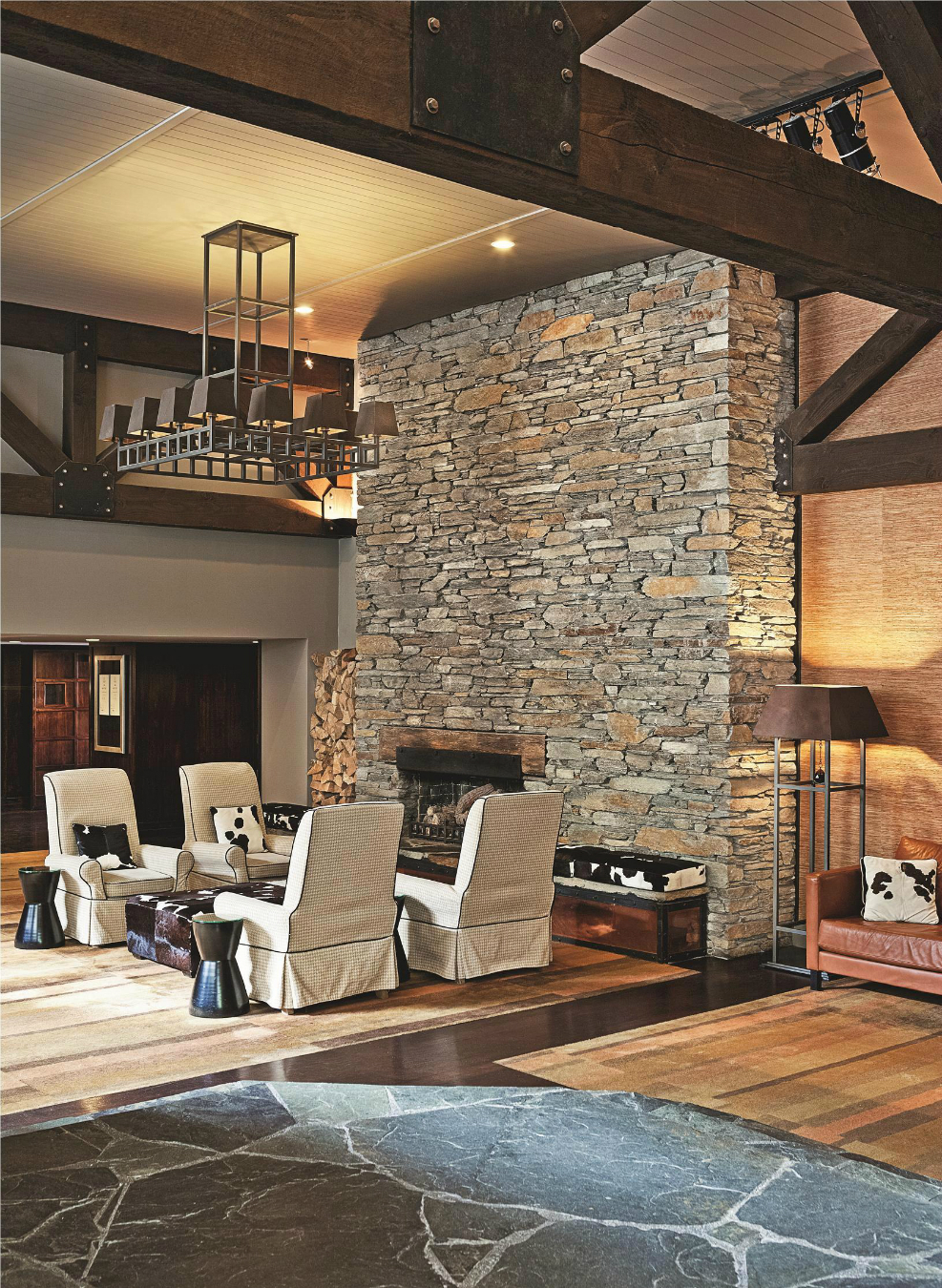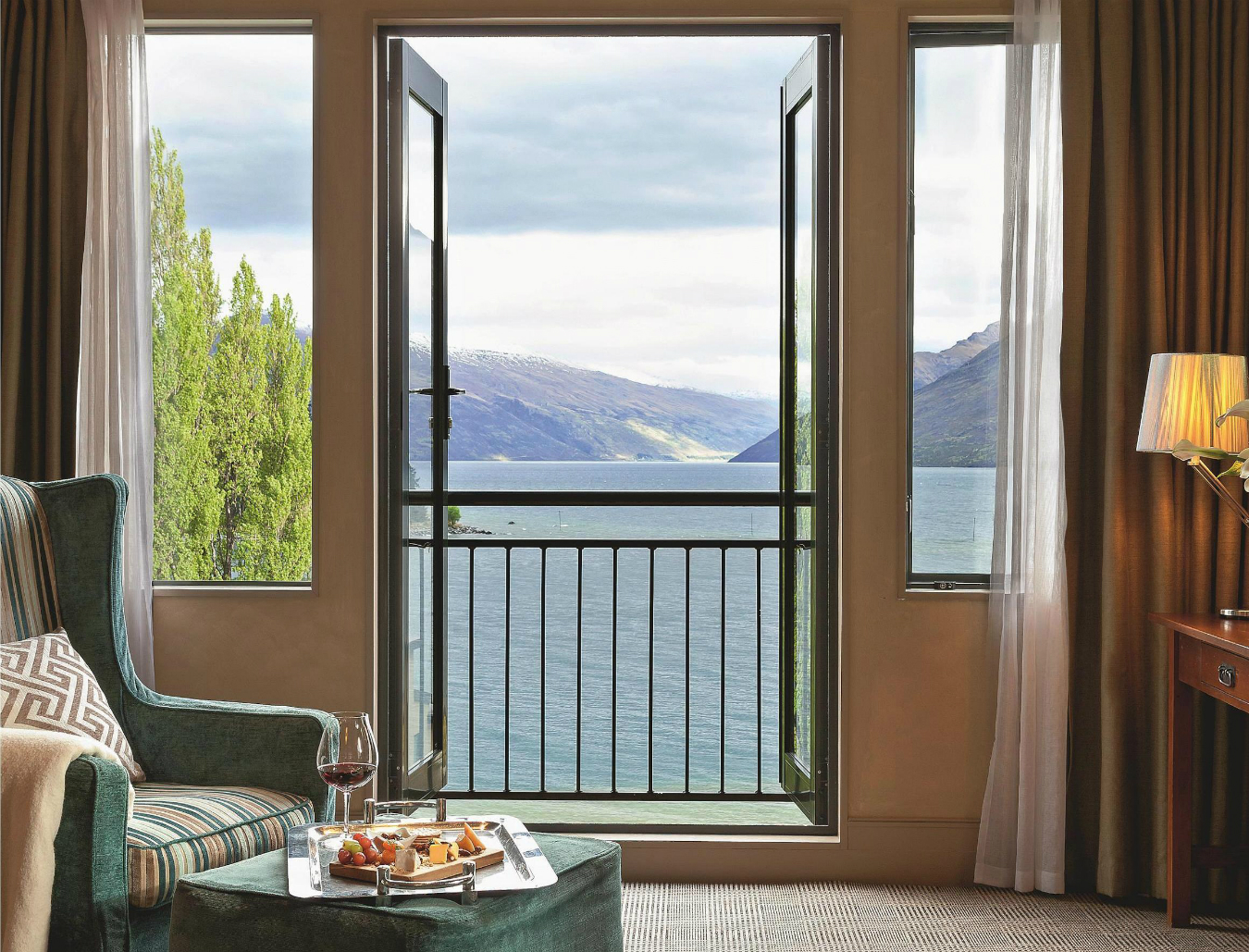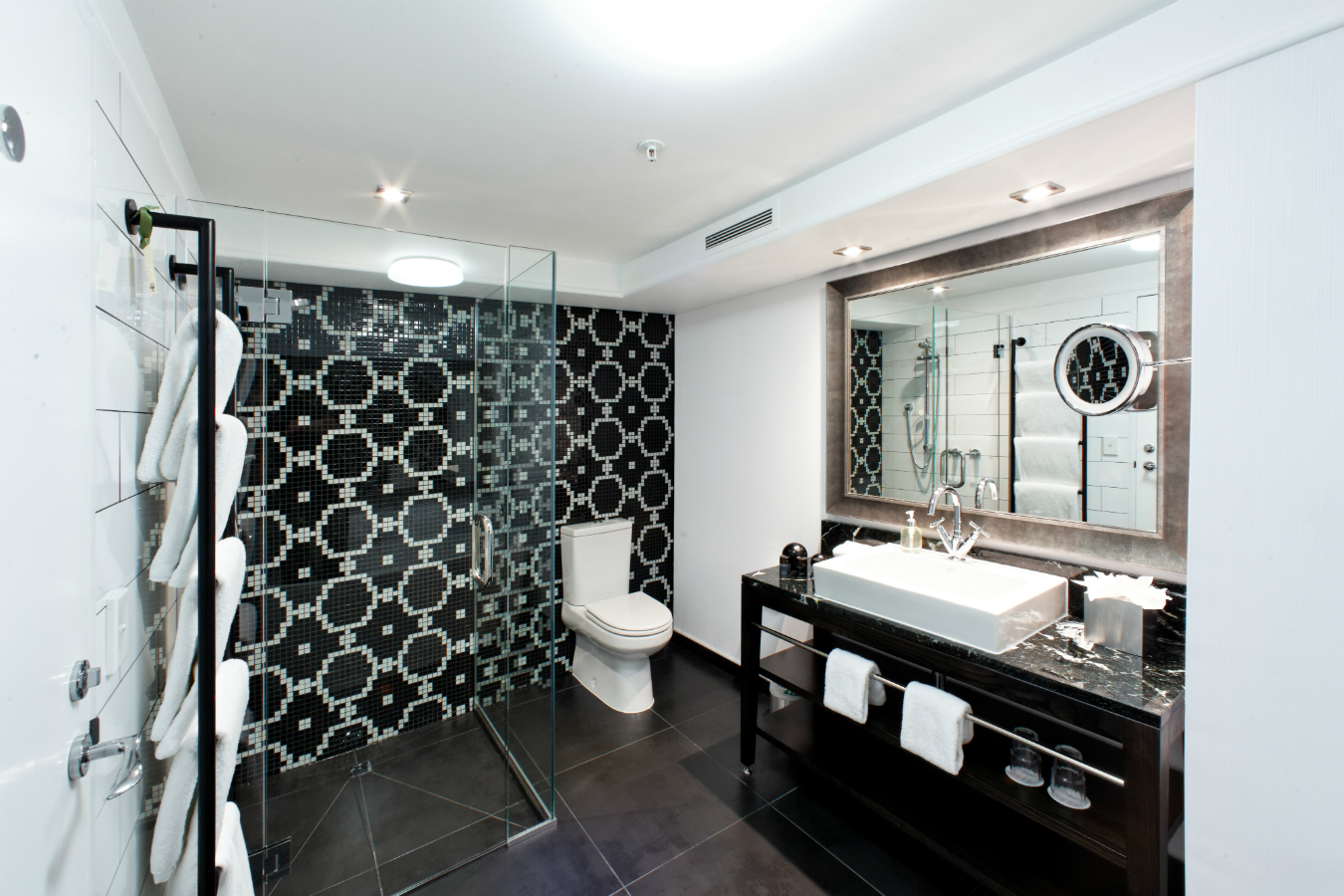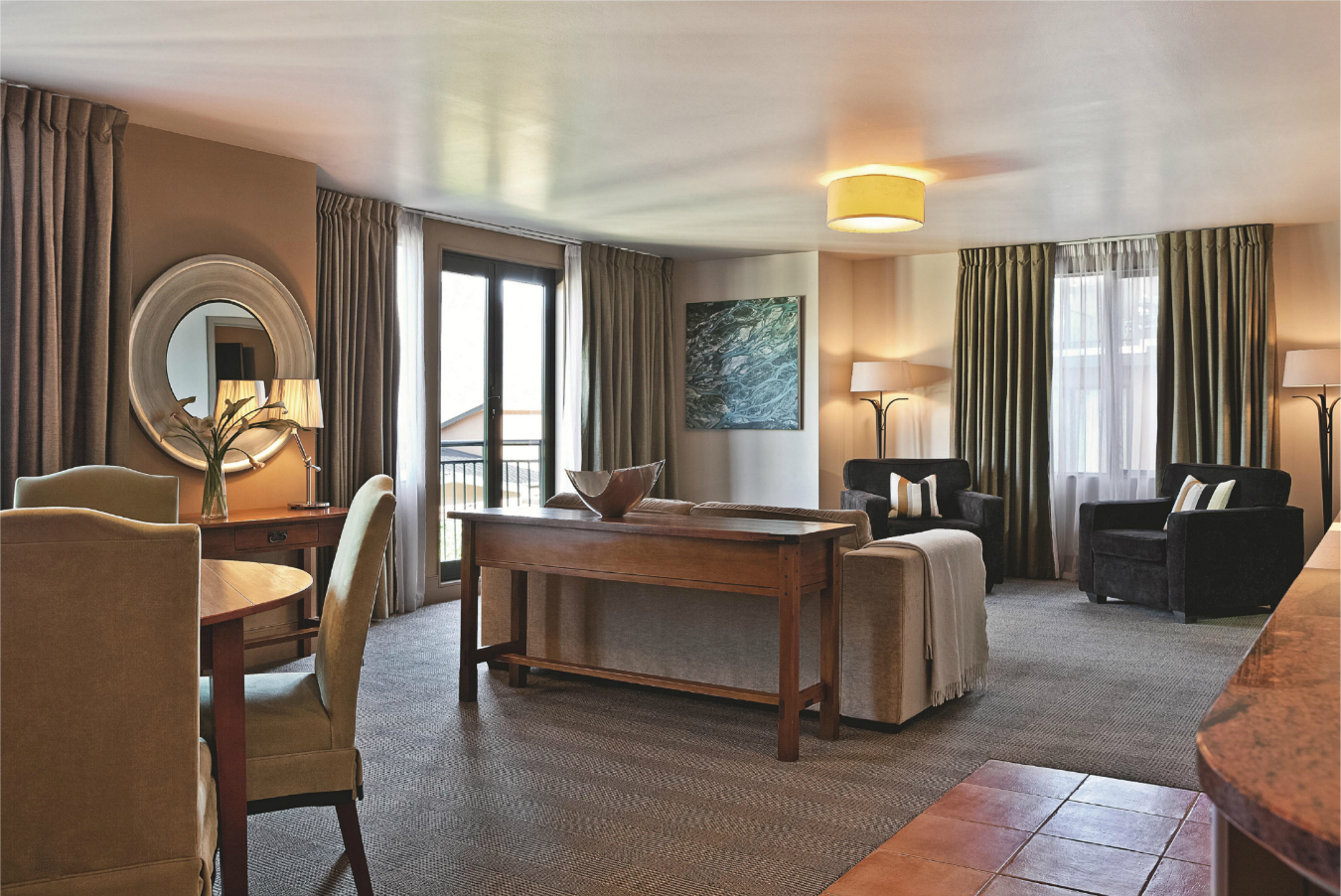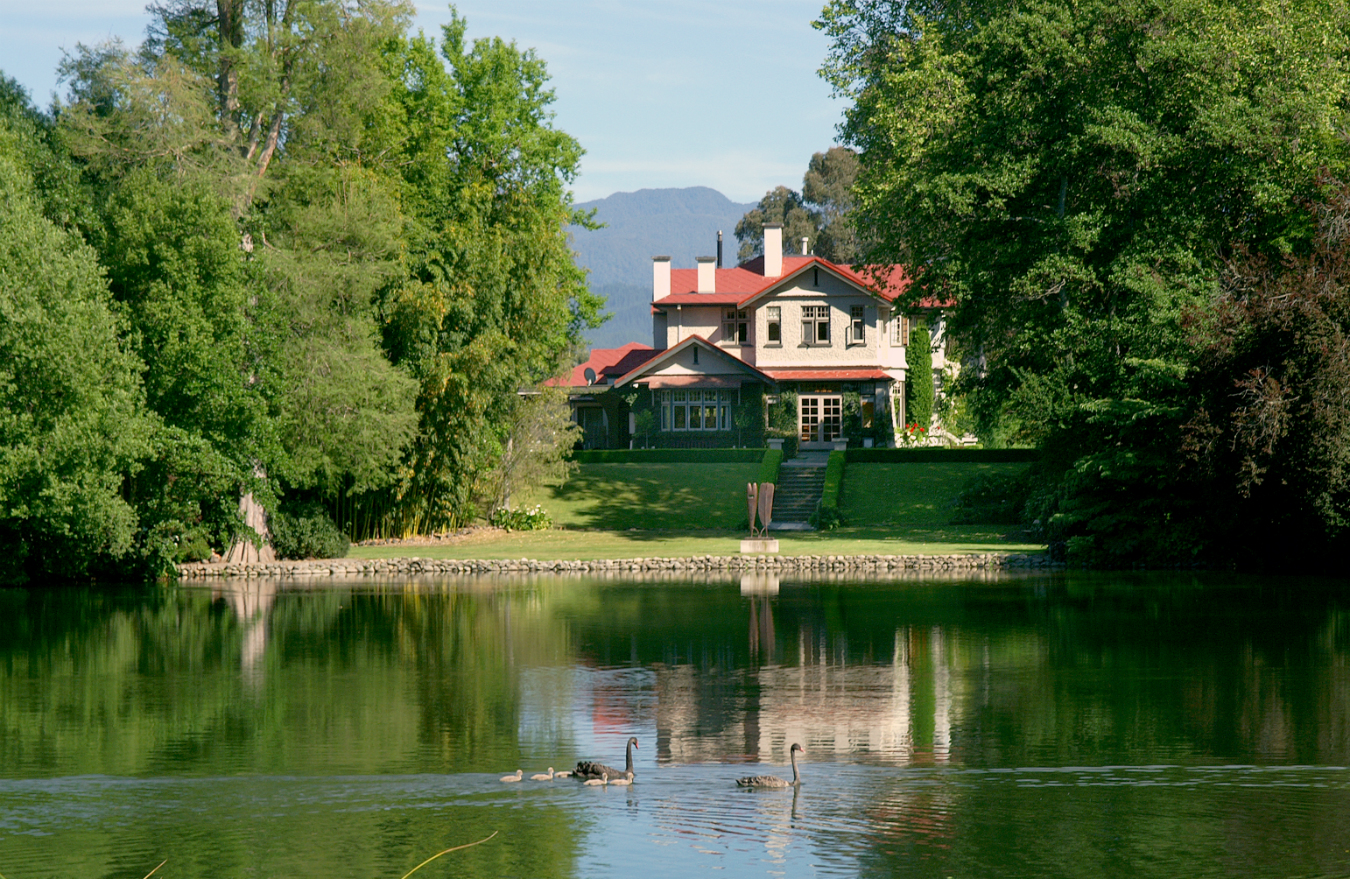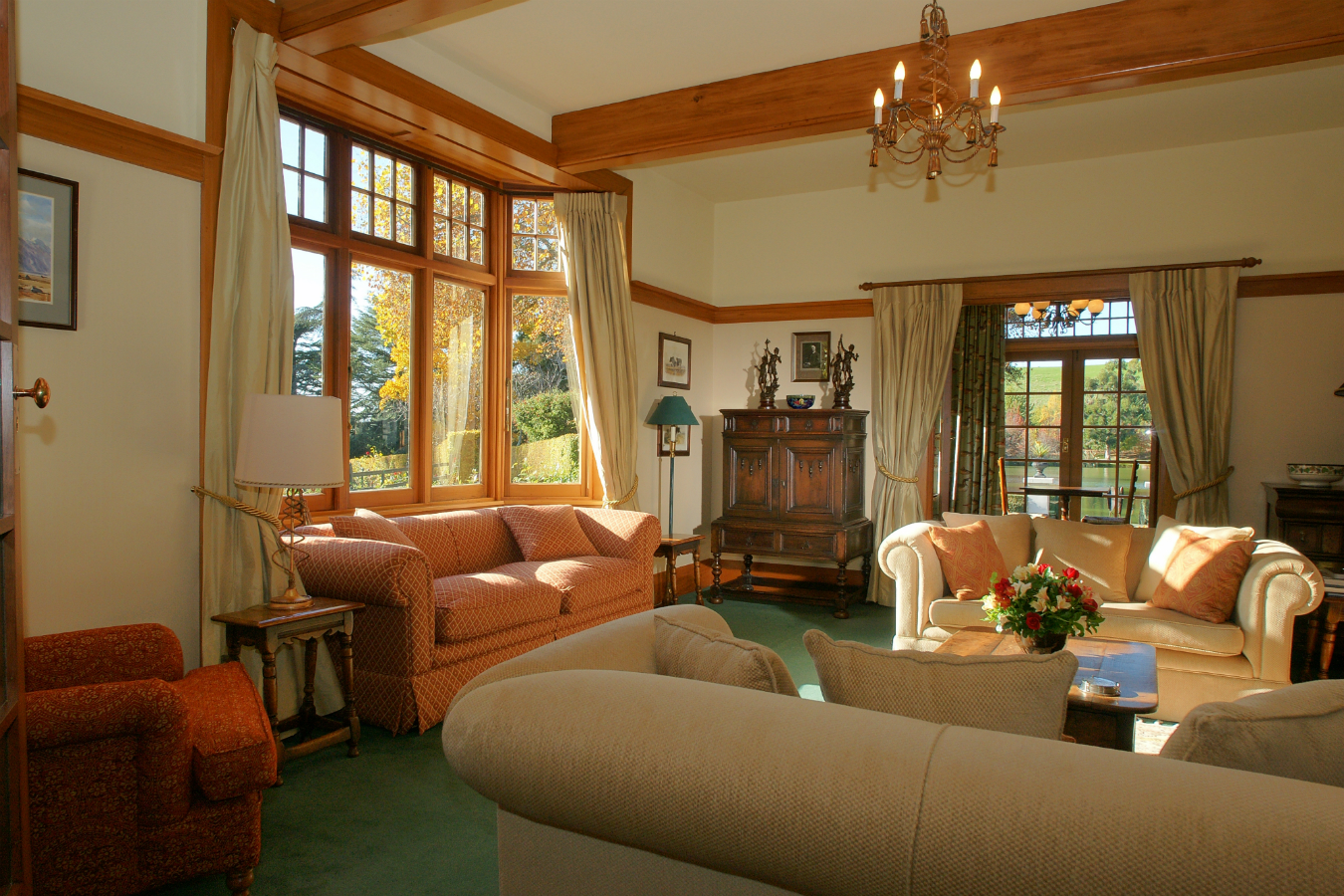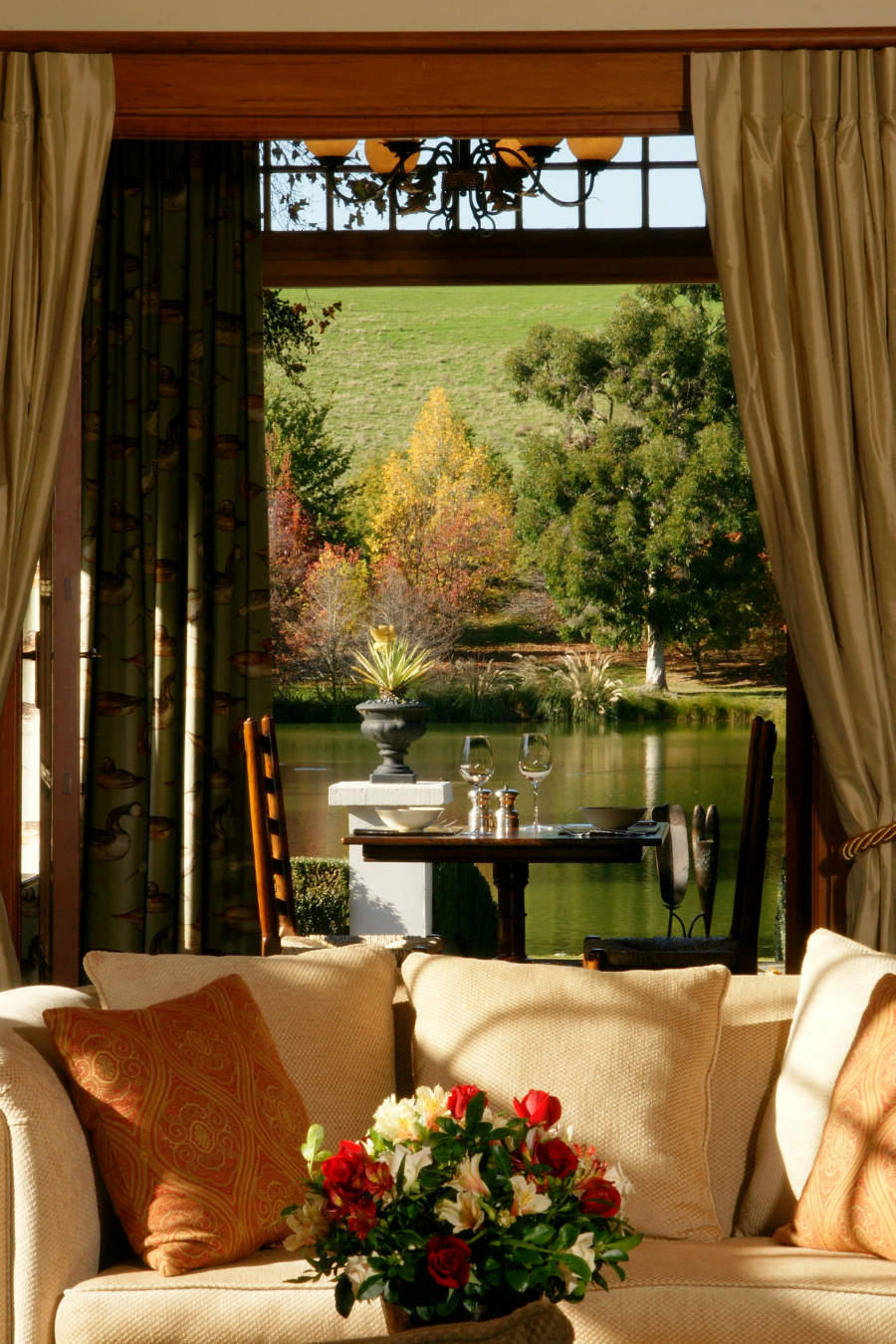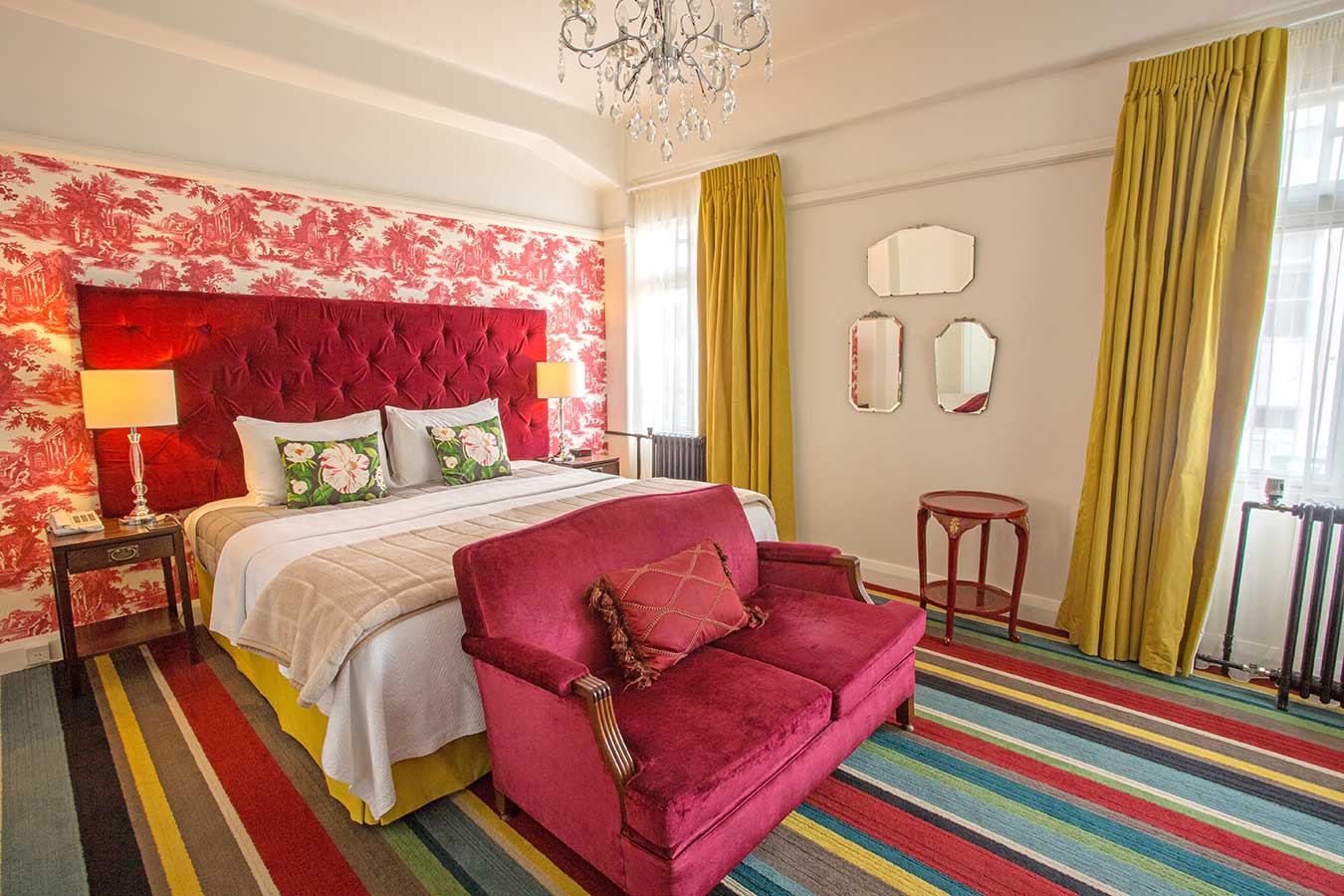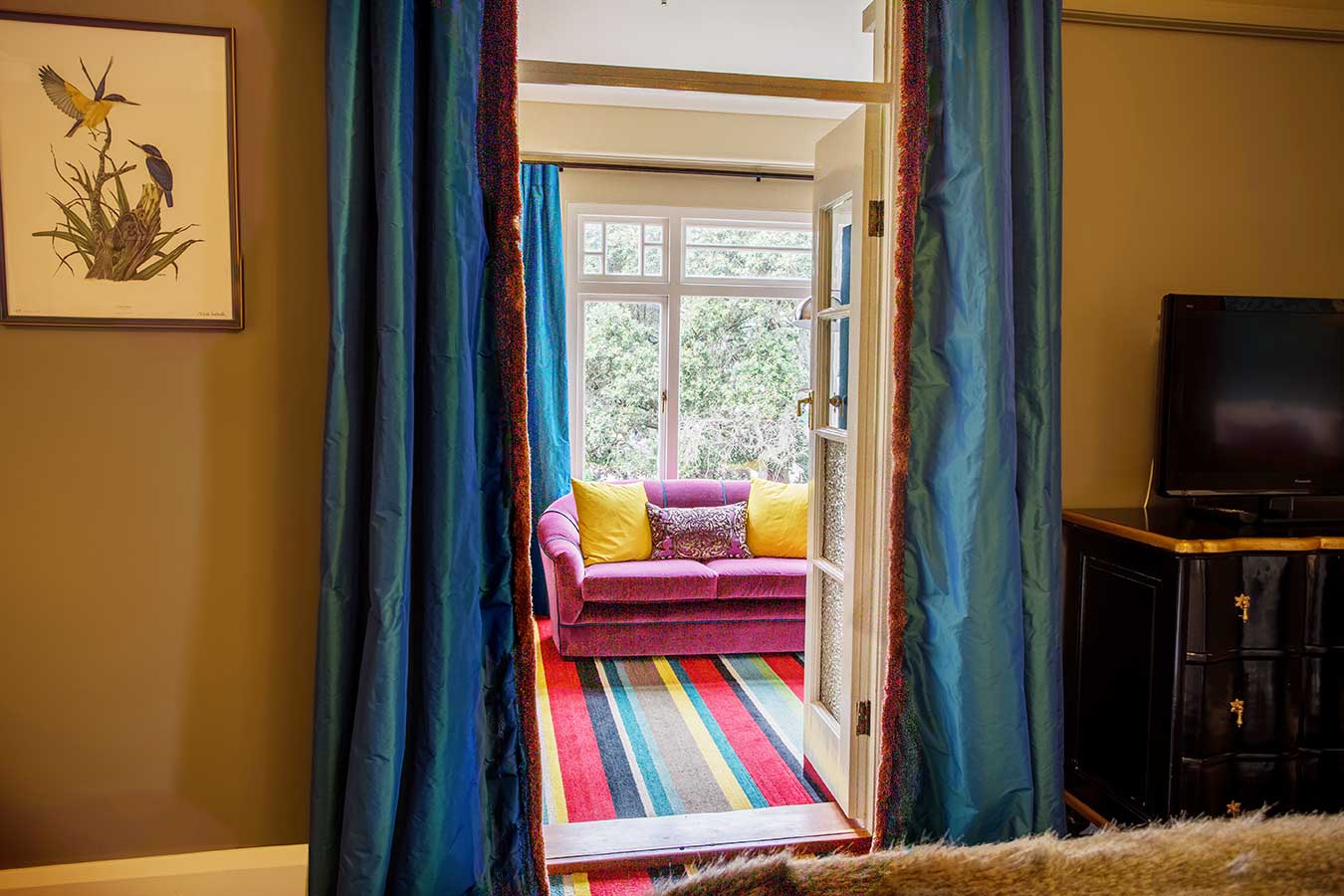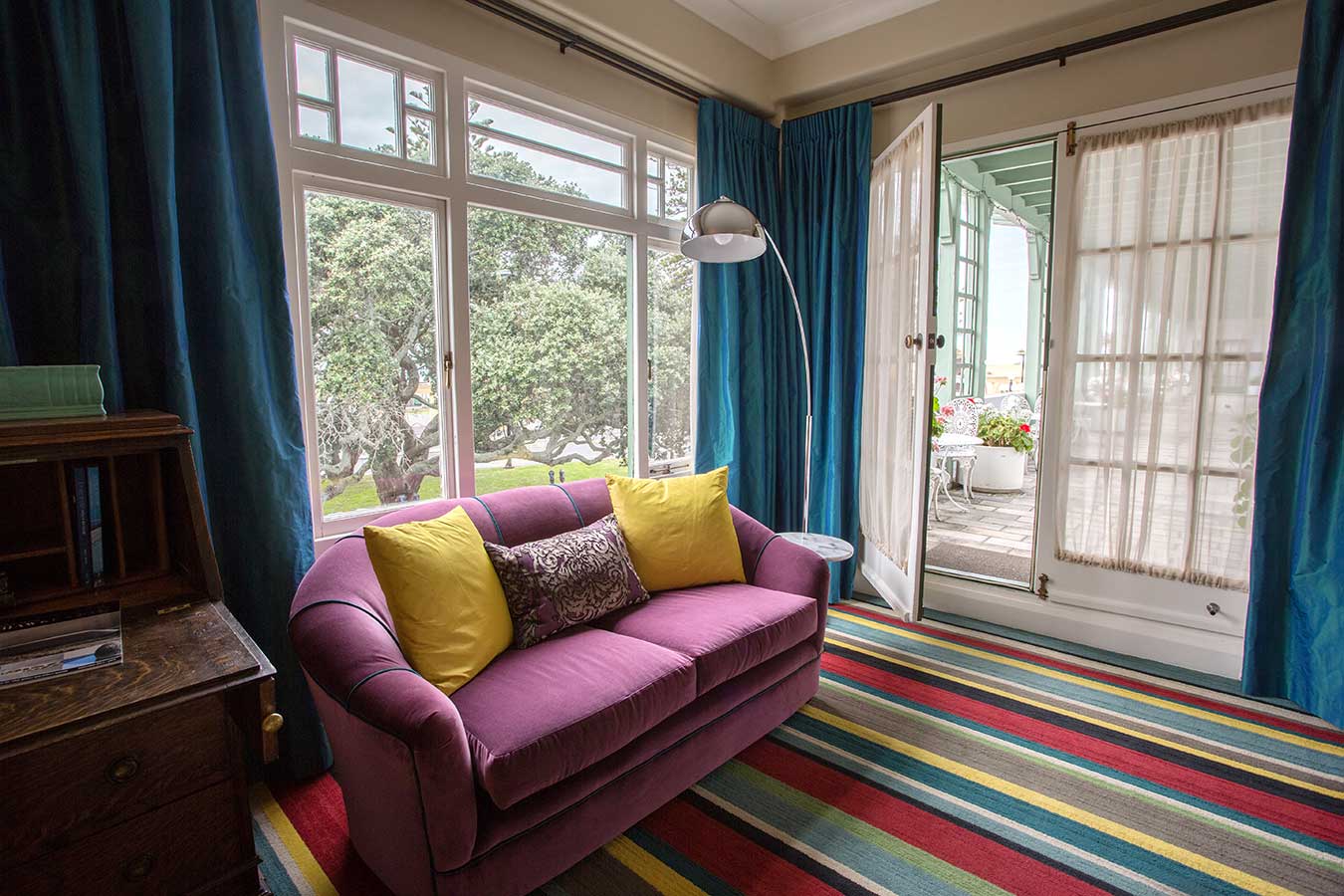It is a small and isolated country, and the first to see each new day.
Rooted in the South Pacific, New Zealand has fewer than five million inhabitants, yet boasts 14,000 kilometres of shoreline and startlingly diverse geography. Separated from the supercontinent Pangaea some 85 million years ago, what is now known as New Zealand is formed of two main islands (South and North). Sitting roughly 2,000 kilometres off the southeast coast of its much larger neighbour Australia, New Zealand truly is a world of its own.
The Maori name for New Zealand is Aotearoa, which translates to “land of the long white cloud.” Descendents of the Polynesian peoples, the Maori were the first to arrive in Aotearoa nearly 1,000 years ago. Legend says the sight of a sizeable distant cloud drew them to their new home.
In 1642, Dutch explorer Abel Tasman was the first European to reach this far off land. He dubbed it Staete Landt, in honor of the Dutch Republic. Later, a Dutch mapmaker designated it Nieuw Zeeland. Nearly 100 years after that, James Cook appeared, claiming it for Great Britain, and the first European settlers began arriving in the late 1700s. New Zealand gained its independence in 1835, and today the cultural influence of the Maori remains refreshingly robust.
Getting around is surprisingly simple: despite its few inhabitants, New Zealand has an extensive network of domestic flights, making it the easiest and fastest way to commute. And the appeal of the country is boundless. Upon arrival, in between sips of a milky flat white, one finds that the cuisine is like the land itself: fresh and dynamic, but rarely opulent—a perfect juxtaposition to its vibrant bounty of wine.
If planning a trip, here are three outstanding places to stay.
Hotel St Moritz
Queenstown is the playground of the South Island. Located in the Otago region, this stunning landlocked town rests in New Zealand’s Southern Alps and is anchored alongside the dazzling glacial-fed Lake Wakatipu. There is no dearth of marvelous scenery here.
The town is brimming with youthful buoyancy. It attracts skiers and adventure seekers, as well as pinot noir lovers—precisely what the corresponding Central Otago wine region is known for.
A five-minute walk from the town centre and plentiful lakeside restaurants on Steamer Wharf, Hotel St Moritz is well situated. Part of the French Accor Hotels MGallery Collection, this five-star property offers a stylish alpine lodge design and warm décor. Its 134 rooms, suites, and apartments are impressively spacious—splurge on a lakeview room, as the vistas are unparalleled.
Lake Timara Lodge
New Zealand’s most prolific and renowned wine region, Marlborough, is located on the northeastern tip of the South Island. While visitors may come for the sauvignon blanc, they will want to stay for Timara Lodge.
The luxury hotel is ensconced on a sprawling 600-acre estate outside of Marlborough’s main town, Blenheim. Pastures, a private lake, multiple gardens, and woodlands offer a handsome welcome. Considered one of the world’s most beautiful lakeside lodges, this charming four-room country house offers fine dining, picnic lunches, and even (upon request) private wine and helicopter tours.
Art Deco Masonic Hotel
The North Island’s east coast is home to a unique province known as Hawke’s Bay. Applauded for its heftier red wines (most think of New Zealand as producers of lighter styles), Hawke’s Bay’s city of Napier is also a visitor’s delight. After a devastating earthquake razed much of the city in 1931, the architectural landscape morphed and Art Deco was firmly embraced.
First opened in 1861, the Art Deco Masonic Hotel fell twice, first to a fire and decades later to an earthquake. Despite being rebuilt in 1932, the façade remains virtually unchanged from its original. Located in the city centre on the beach, this must-visit hotel offers unrivaled glamour from another era. Additionally, the original street-level Emporium Eatery & Bar is frequented by locals and should not be missed.
The Kiwis, like their lush country, have an invigorating genuineness; their warm greeting, kia ora (be well), is proof positive, and reason enough to visit.
Read more from our Travel section.

